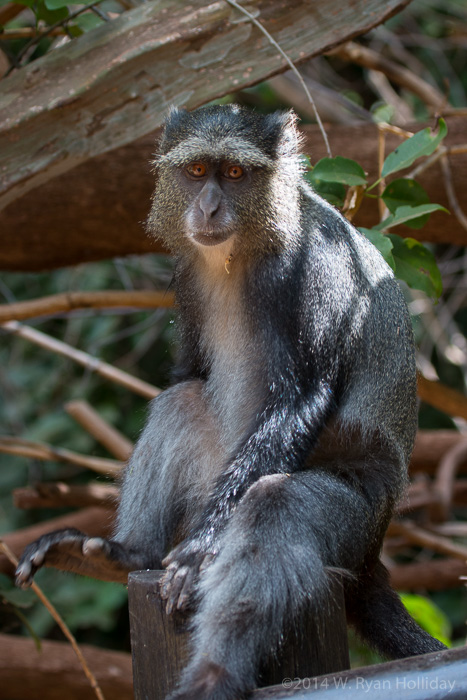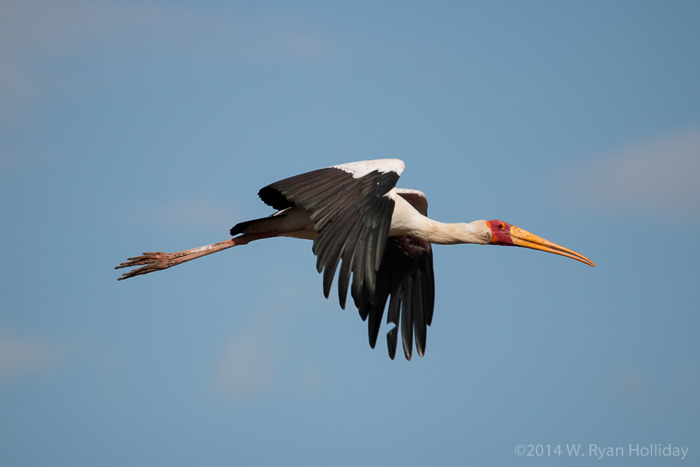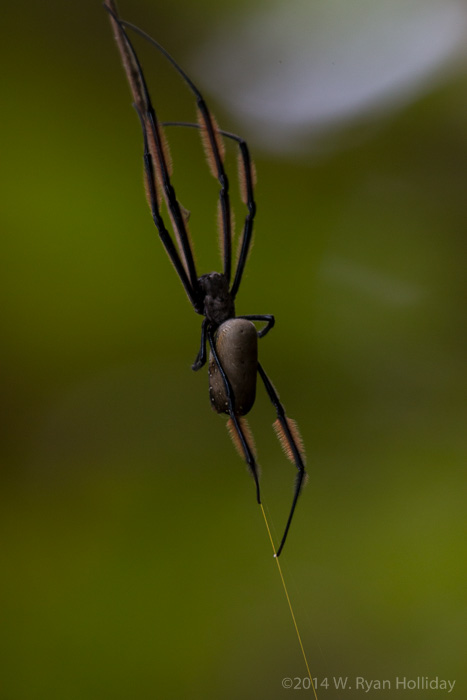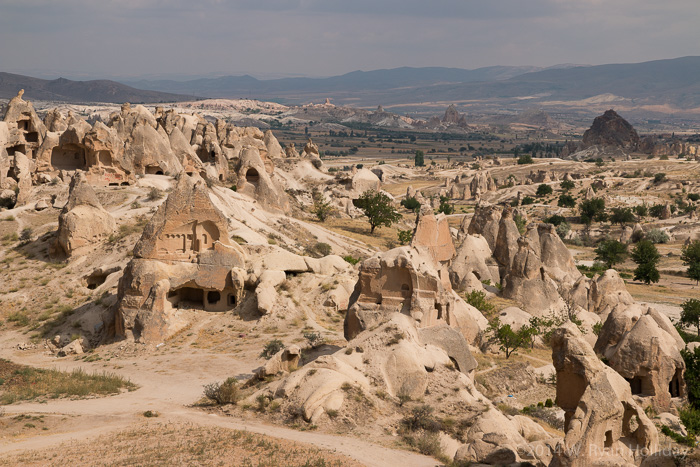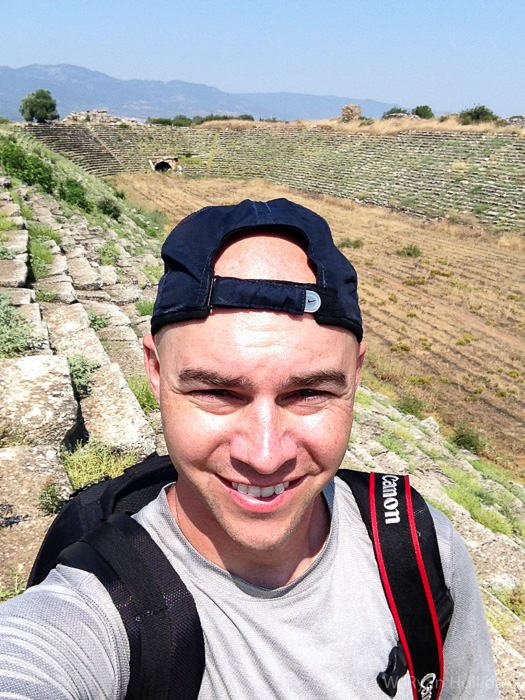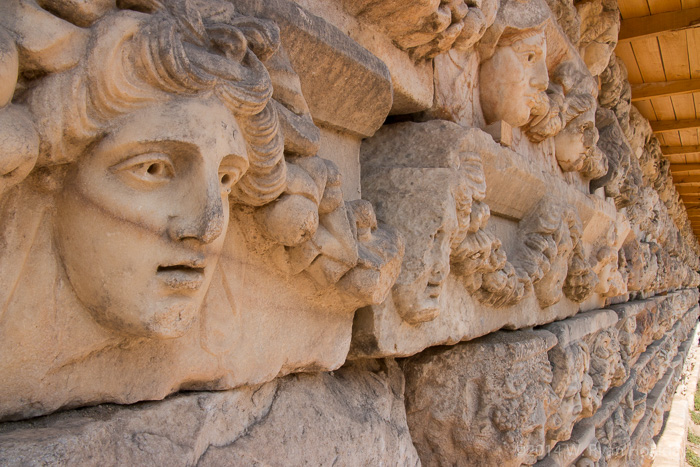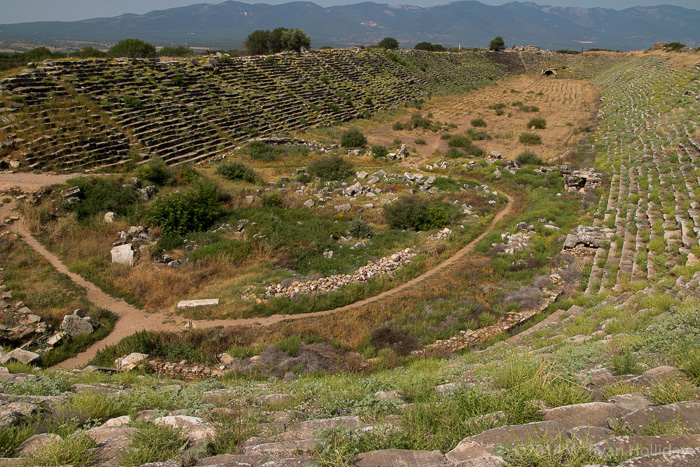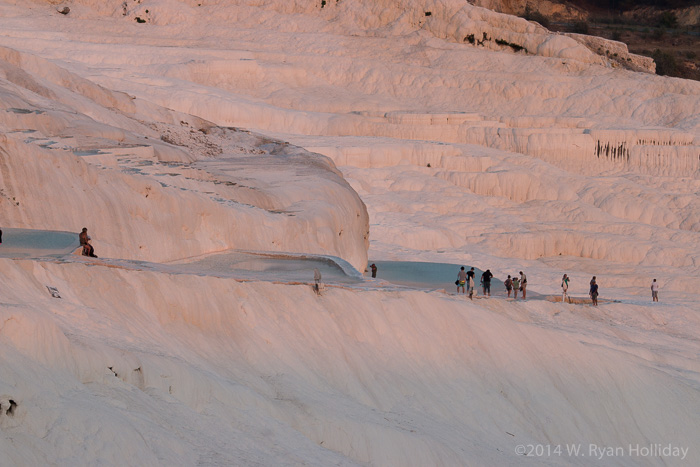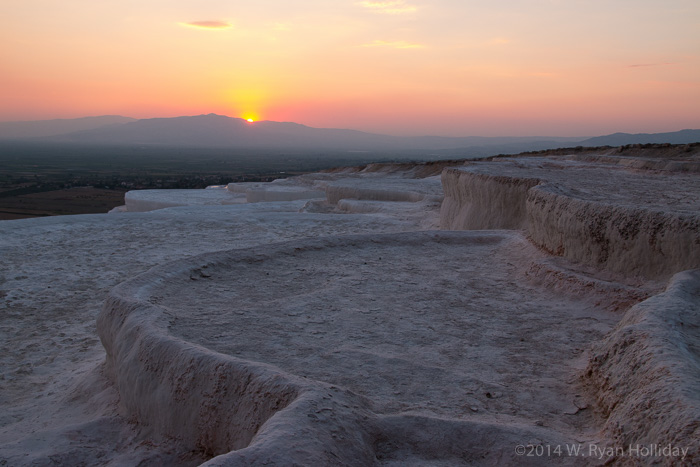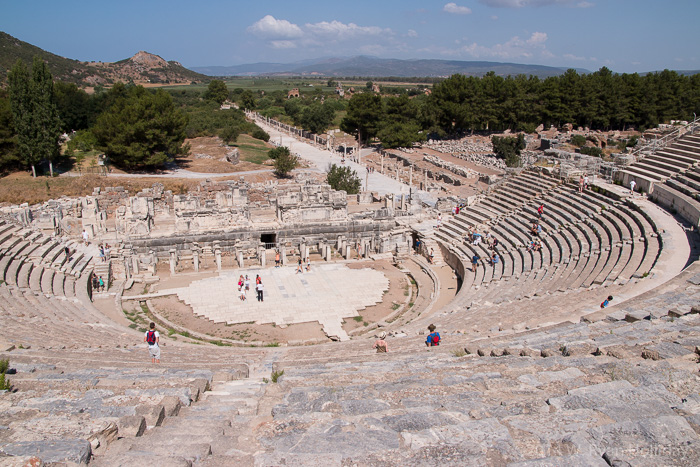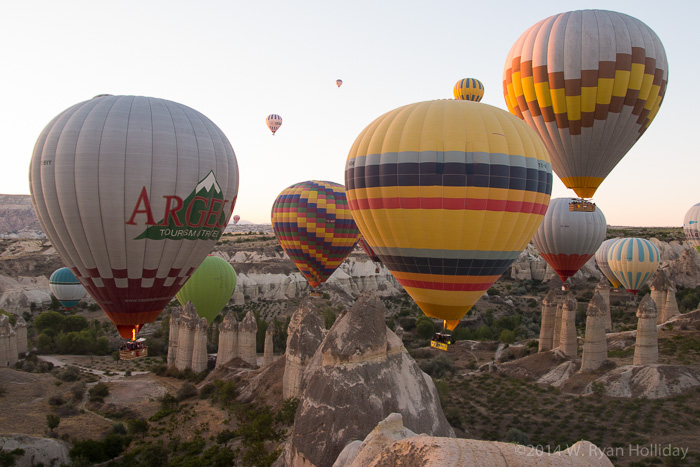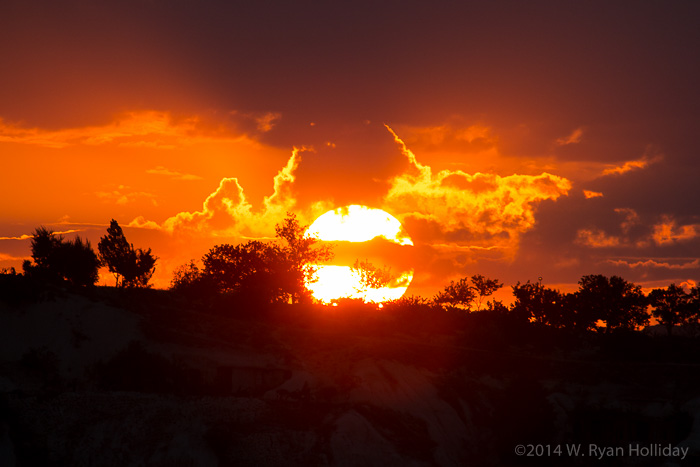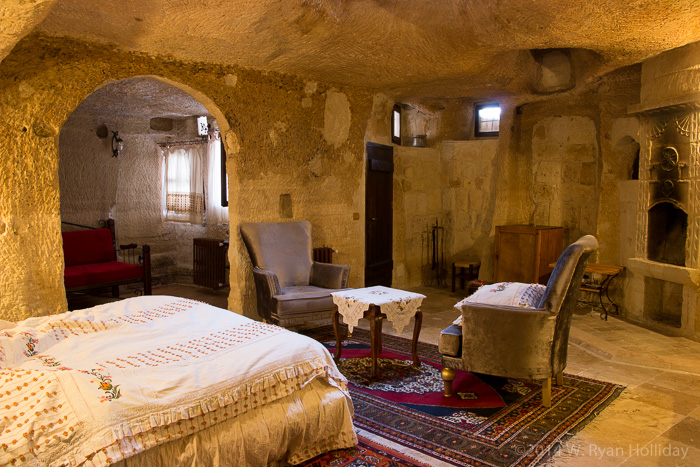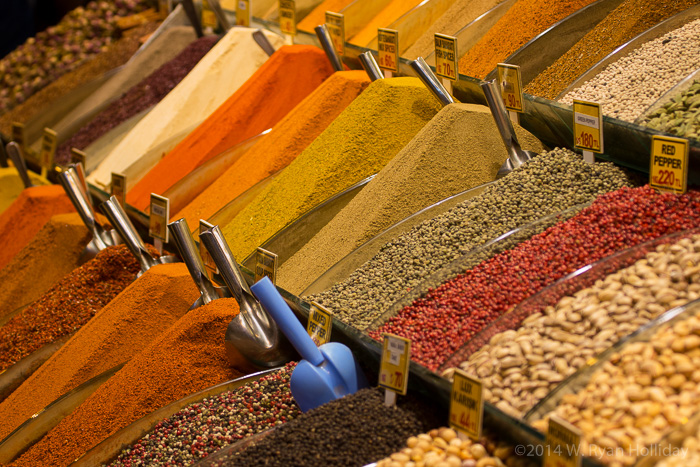The days when it was a struggle to find subject matter for three journal entries a month are gone… I’ve just arrived in Cappadocia, and this journal entry would be all about my 300 year old carved-out-of-solid-rock cave hotel room(s) if there wasn’t more to recap from Istanbul. The high level overview on the lodging for the next four days: if you’re ever planning a trip to Cappadocia and think it might be better to save some money and not stay in a cave hotel, have someone immediately slap you across the face, hard. You will later thank them repeatedly after not missing out on the most unique accommodation experience of your life.
Now back to Istanbul. Thus far I’ve been going to bed early and waking up even earlier, so last night was the first night where I ventured out in the evening. Ramadan is ongoing, and when I got to the main park outside of the Blue Mosque there were literally thousands of people having picnics with their friends and families to break their daily fast. I’ve never seen anything quite like it – imagine the scene on the Fourth of July just before they shoot off the fireworks, but no one is American, the food is completely foreign, and the music and games are unrecognizable; that sort of captures it. It was incredibly neat to just walk around and absorb the atmosphere.
After last night’s meandering I got up reasonably early today for my final day in Istanbul. The first destination was to the 7AM opening of the rooftop restaurant at the Seven Hills Hotel to soak in the 360-degree views of the ocean, the Blue Mosque, and the Hagia Sophia in the early light. “Soak in the views” might be a cliched term, but in this case the surroundings really were sort of like fuel for the soul.
With the spirit refreshed and the belly full of olives and honeycomb, the activities for the day were a trip to the Little Hagia Sophia and to the Basilica Cistern, followed by an interlude at the Blue Mosque prior to heading to the airport to catch my flight. The Little Hagia Sophia was actually built by Justinian before the Hagia Sophia and, unsurprisingly, is a much, much smaller version that has less ornate decoration but some amazingly impressive carved marble columns. A thunderstorm arrived while I was there, and I was trapped in a 1500 year old church (now mosque) for an hour; that is misfortune of the very best kind. The Basilica Cistern is a 1500 year old underground Roman water storage tank, which doesn’t sound so neat until you’re in it: it is 453 feet long, 212 feet wide, 30 feet high, and supported by 336 marble columns – it’s also known, understandably, as the Sunken Palace, and probably ranks in my top ten most unexpectedly weird discoveries. The support columns were re-purposed from other structures, so most of them are ornately carved with different designs. Rumor has it that it was forgotten until the 16th century when a scholar researching Byzantine antiquities was told by locals of how they could catch fish through holes in their basement floors, and carp are still present today in the two feet or so of water that floods the bottom. Wandering around inside re-affirmed my belief that had Rome not fallen, their genius would have had us launching satellites and making microwave popcorn five hundred years ago.
Thus ended the very first leg of this three-month long odyssey. Tales of the cave hotel, hidden churches, and attempts to avoid heat stroke will follow tomorrow.
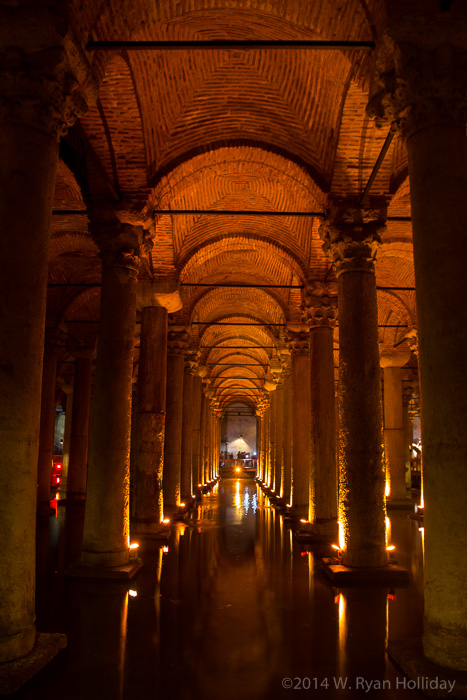
The Basilica Cistern. Completely full it held 80,000 m3 of water, which means that 32 Olympic-size swimming pools could be emptied into an underground storage unit that the Romans built without mechanized tools. Note that there were even more columns behind me when I took this photo – the place is not small.
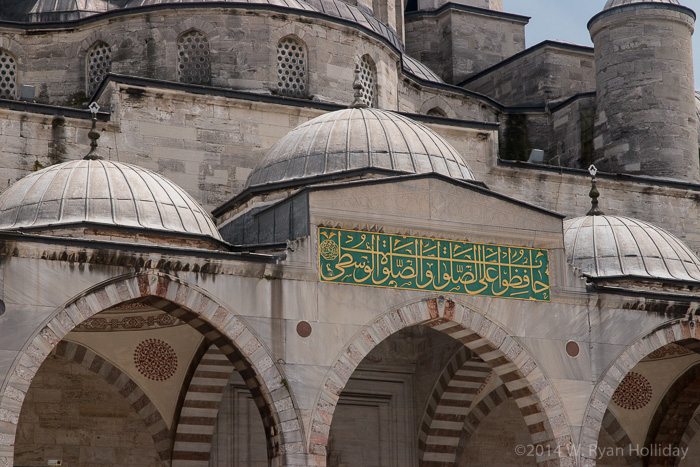
Detail of the front of the Blue Mosque. The main entry is for worshipers only, and a man with a uniform and an absolutely impeccable Muslim detector was stationed there to redirect people to the visitor’s entrance on the side as appropriate.
